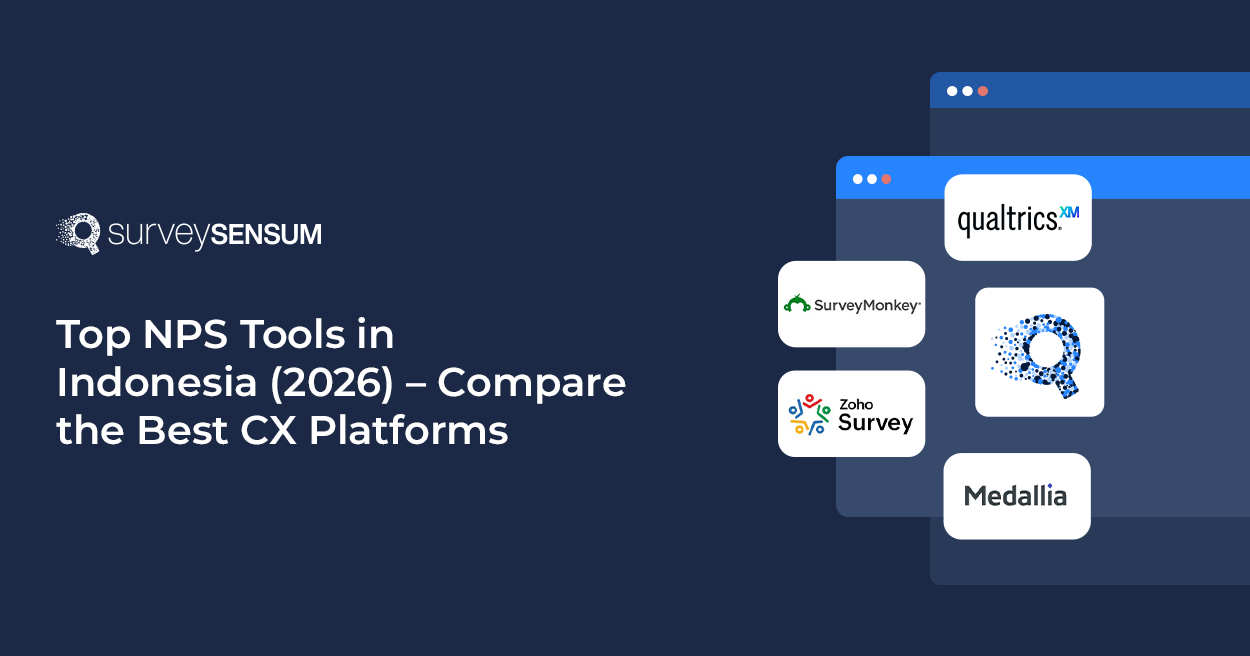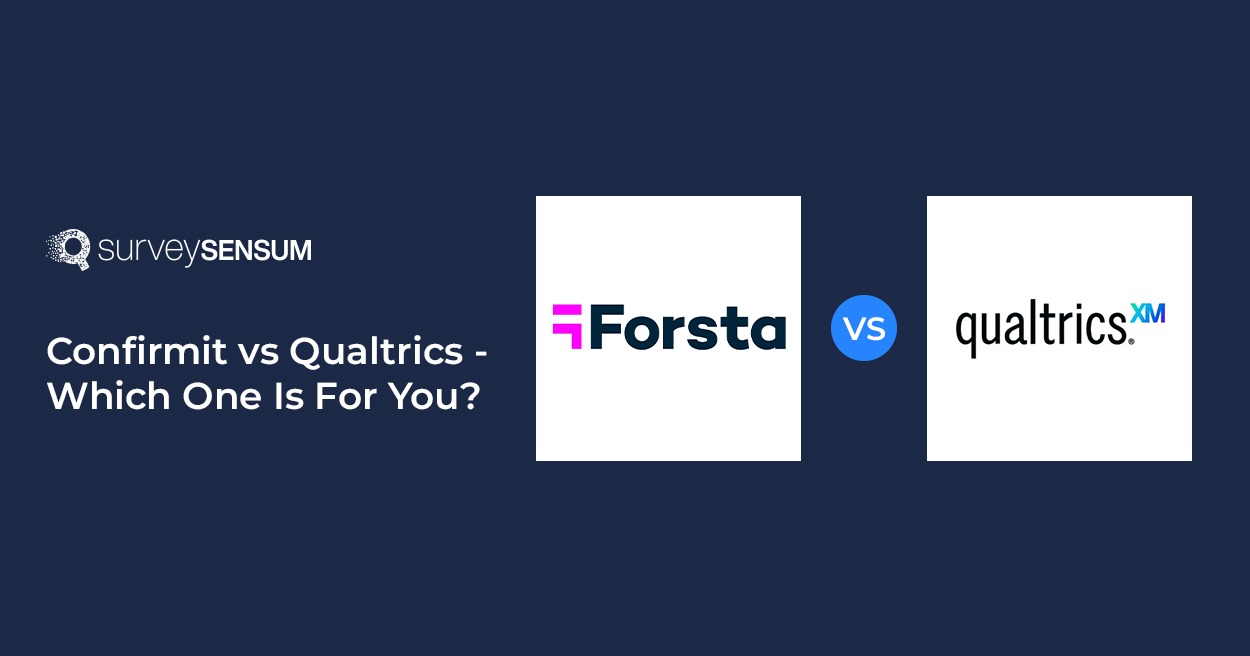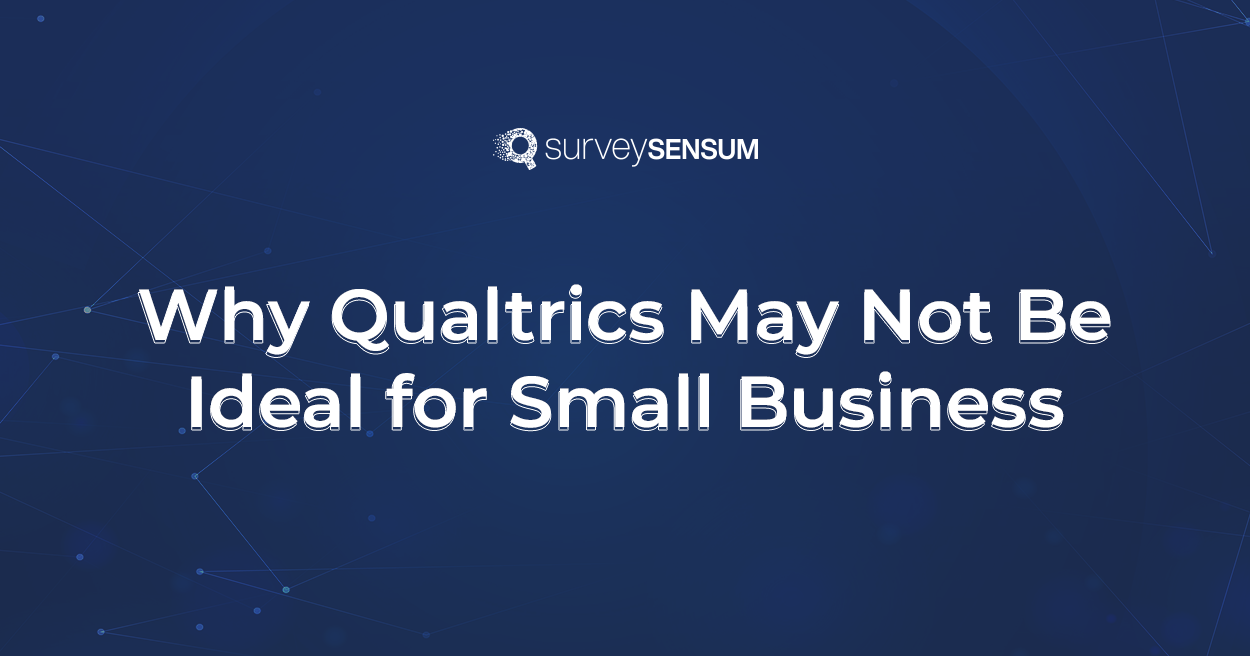

In today’s customer-centric business environment, feedback isn’t just a bonus—it’s the lifeblood of success. From shaping product development to empowering employees, building trust, and boosting loyalty, a well-oiled closed feedback loop is the secret weapon that elevates customer experience to new heights.
But what exactly is a Closed Feedback Loop?

It’s a dynamic process where customer insights aren’t just collected. They’re actively listened to, analyzed, and transformed into tangible improvements. By leveraging Microsoft Dynamics CRM Services, this process becomes even more efficient and effective. It’s a continuous conversation where companies, like maestros, listen to the orchestra of customer voices and orchestrate a symphony of action, communication, and, ultimately, satisfaction.
Having mastered the art of listening, let’s see how companies translate this symphony of the voice of the customers into real-world improvements through the power of closed-loop feedback.
These examples will showcase how closing the loop isn’t just good practice but a game-changer in the quest for customer loyalty and business success.
Impact of Closed Loop on Customer Service: 10 Brand Examples
1. The Power of Proactive Action
Imagine Sarah, fuming after a buggy website purchase. Leaving a scathing review, she expects the usual corporate silence. But instead, she receives a personal email from the CEO, apologizing and outlining swift action.
The website gets fixed, and Sarah receives a surprise discount. Overwhelmed by the genuine response, she becomes a vocal advocate, singing the company’s praises online.
This is the magic of leveraging closed-loop feedback—turning a potential churner into a loyal champion.
2. Data-Driven Innovation

Imagine a bustling coffee chain, Bean & Grind. Their customer surveys consistently praised the coffee quality but mentioned a lack of exciting new flavors. Instead of shrugging, Bean & Grind went beyond the surface. They analyzed the data, looking for patterns and hidden trends.
They discovered a surprising correlation: customers who ordered extra espresso shots also frequently tried new pastries. This “espresso-adventurer” segment became their golden nugget.
The coffee chain launched a limited-edition line of espresso-infused pastries, from mocha macarons to tiramisu croissants. The results were phenomenal. The new treats became instant bestsellers, driving sales and customer engagement. The “espresso adventurers” felt heard and valued, and their loyalty deepened.
This is the power of closing the loop – not just listening to feedback but leveraging analytics for marketing. delving into the data to reveal hidden gems that transform your offerings and delight your customers.
3. Empowered Employees, Elevated Experiences

Imagine customer service agents stuck with rigid scripts, unable to help truly. Now, picture a company where agents can use feedback to solve problems creatively. They can offer refunds, discounts, or even personalized solutions within their authority.
This fosters a sense of ownership and problem-solving among employees, resulting in happier customers and a more vibrant work environment.
Closing the loop isn’t just about data; it’s about empowering people to deliver exceptional experiences.
4. Micro-Interactions, Macro Impact

A simple “thank you” email after a purchase, a quick follow-up call after a service call, or a personalized product recommendation based on feedback – these seemingly small gestures hold immense power. They show customers they’re not just transactions but valued individuals.
The cumulative effect of these micro-interactions, informed by the closed-loop system, builds trust and loyalty, fostering long-term relationships.
5. The ROI of Closing the Loop

It’s not just about warm and fuzzy feelings; closing the loop delivers a resounding ROI. Studies show failing to close the loop can cost companies at least 2.1% in annual churn, while a comprehensive loop spanning all levels saves at least 2.3%.
Companies proactively resolve issues by preventing churn, boosting word-of-mouth marketing, and driving repeat business.
Closing the loop isn’t just a feel-good practice; it’s a sound business strategy with tangible financial benefits.
6. Harnessing Negative Feedback

Negative feedback can feel like a gut punch and a hidden treasure map. Take TechStore, a tech retailer whose social media was ablaze with complaints about their clunky, outdated POS system. By integrating a Modern POS System into their operations, they can not only address these grievances but also streamline their processes and enhance customer satisfaction.
Instead of cowering, they reached out to these vocal customers, not with excuses, but with an invitation. And so, TechStore invited their critics to join an online co-creation forum. There, they brainstormed features, debated workflows, and even sketched mockups.
The result? A customer-forged masterpiece: their best POS system ever. The new system, streamlined and intuitive, was built by the hands that once slammed their keyboards in frustration.
Following what the experts say on closing the loop, TechStore didn’t just build a new system; they built a stronger community. Fueled by shared purpose and genuine listening, the co-creation process transformed frustrated customers into loyal advocates.
7. Creative Feedback Channels

Ben & Jerry’s, known for its quirky concoctions, craved real-time fan feedback beyond surveys. Enter #PintChat, a weekly Twitter forum where fans pitched flavors, voiced concerns, and even cracked ice cream puns. The Ben & Jerry’s team, armed with humor and genuine enthusiasm, soaked up the online buzz.
One #PintChat, a fan jokingly proposed “Chocolate Chip Cookie Dough with Flamin’ Hot Cheetos.” Intrigued, Ben & Jerry’s went beyond the tweet, researching, experimenting, and launching “Chewy-Gooey Chocolate Chip Cookie Dough Core with Flamin’ Hot Cheetos Twists.”
The result? A viral sensation. Lines snaked around stores, social media exploded, and Ben & Jerry’s proved that customer voices weren’t just heard. They were transformed into a delicious reality.
This is the power of effective customer feedback. It’s not just data; it’s a two-way dialogue, a community built around shared passions, and ultimately, tweets turned into treats.
So, calculate and analyze your NPS score and boost your customer loyalty with SurveySensum!
8. Tracking Your Loop’s Success

Closing the loop isn’t a one-and-done deal. It’s an ongoing process that needs monitoring and refinement. Identifying key metrics, like customer satisfaction scores, response times, and churn rates, helps track the system’s effectiveness.
By analyzing these metrics and making adjustments based on the data, companies can optimize their closed-loop system for maximum impact.
9. Continuous Improvement

In today’s competitive world, a good customer service experience isn’t a one-time win; it’s the foundation for ongoing loyalty. With 95% of consumers citing its impact on brand commitment, ensuring a stellar service journey isn’t enough.
Companies that embed a closed-loop culture at all levels ensure they’re always listening, learning, and adapting. Integrating feedback loops across all functions, from product development to employee training, creates a customer-centric organization that thrives in the long run.
10. The Magic of Speed

Imagine a chat window where a customer’s complaint is instantly analyzed and addressed by an AI-powered assistant, offering solutions and predicting their next need. This is the future of closing the loop: technology-powered real-time responsiveness.
Companies leverage chatbots, AI-powered sentiment analysis, and even predictive analytics to gather and respond to feedback instantly. This level of immediacy creates a seamless, frictionless experience, resolving issues faster, exceeding expectations, and leaving a lasting positive impression.
Suppose a customer leaves a negative review. But within minutes, that customer receives a personalized video message from the CEO, acknowledging the issue and outlining a specific plan for resolution. This shows genuine care and the power of real-time responsiveness in building trust and loyalty.
Empower Your Customer Service

Now, it’s your turn. These 10 examples showcase the transformative power of closing the feedback loop, demonstrating the significant impact of closed loop on customer service. Whether a small startup or a global enterprise, implementing these strategies can revolutionize customer service.
-
- Start small: Identify a single touchpoint in your customer journey where you can gather feedback and implement change. Analyze the results and iterate based on what you learn.
- Empower your employees: Give your customer service team the authority to resolve issues creatively based on feedback. Trust their judgment and give them the necessary tools and resources to succeed.
- Embrace technology: Explore innovative channels like live chat, AI-powered assistants, and social media to gather and respond to real-time feedback.
- Measure and refine: Track key metrics like customer satisfaction scores, resolution times, and churn rates to evaluate the effectiveness of your closed-loop system. Make adjustments based on the data to improve continuously.
- Make it a culture: Embed a feedback-driven philosophy throughout your organization. Encourage all departments to listen to customer input and use it to inform their decisions.
- Look for a robust customer feedback tool: Customer feedback tools like SurveySensum allow you to identify trends, prioritize issues, and ensure all voices are heard.
Closing the loop is more than just a customer service strategy; it’s a commitment to continuous improvement, a deep understanding of your customers, and a powerful tool for building lasting relationships. By listening, taking action, and communicating, you can transform your customer experience and win their hearts, one interaction at a time.
Conclusion
In today’s competitive environment, businesses that truly listen and learn from their customers are the ones that will thrive. Closing the feedback loop is not just a one-time fix; it’s a journey of continuous improvement fueled by customer insights and data-driven decisions.
Embracing this philosophy and implementing these strategies allows you to unlock the true magic of customer service, fostering loyalty, driving growth, and building a brand that stands out.
Remember, your customers are your best teachers. Listen to them, learn from them, and show them you care. The rewards will be immeasurable.















